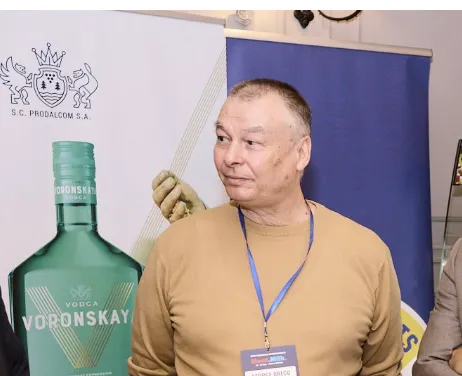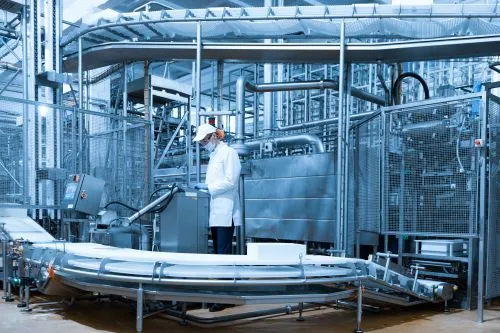
As reported by PoultryWorld.net, four research institutions are at the forefront of developing artificial intelligence and robotics specific to the poultry industry for the processing sector.
Financial support
Supported by a $5 million grant over 4 years from the U.S. Department of Agriculture's National Institute of Food and Agriculture, the research organizations have contributed to the establishment of the Center for Scalable and Intelligent Automation in Poultry Processing.
The collaborative effort of the University of Arkansas, the Georgia Institute of Technology, the University of Nebraska-Lincoln, and Fort Valley State University will integrate artificial intelligence, machine learning, and robotics to advance chicken meat processing and sanitation operations.
Workers on the poultry processing line
Project director Jeyam Subbiah stated that the Arkansas Agricultural Experiment Station will receive nearly half of the grant ($2.2 million) to focus on automating food safety for poultry processing plants.
The drive for automating chicken processing began with the Covid-19 pandemic when the disease rapidly spread among processing line workers. Since then, it has been challenging to hire enough workers.
"Poultry processing lines started 70-80 years ago. Since then, there have been only progressive changes in technology. Today, a transformative change is needed," said Subbiah.
Improve precision and reduce waste
Subbiah mentioned that robotic hands are not adept at holding a chicken, and new technology is needed to prevent slippery meat from escaping. Carcass separation into meat pieces has also been challenging:
"It's quite challenging to teach people how to use a knife with precision," added Donyi Wang, assistant professor of biological and agricultural engineering for the Arkansas Agricultural Experiment Station.
"Robotics are suitable for repetitive tasks but struggle with the precision needed to cut chicken products," he added, stating that existing automation in poultry processing, such as deboning, wastes a lot of meat.
"Human deboners leave about 13% of meat on bones. Automated deboners leave 16-17%. At an industrial scale, this is a significant loss of value. We will use artificial intelligence and virtual reality to improve precision and reduce waste."
Wang and Subbiah will also develop hyperspectral imaging to detect plastic materials in chicken meat.
Wang will also develop a mobile robot equipped with a biosensor to produce a biological map of the unit to assess cleanliness efficiency.
Additional funding
The Georgia Institute of Technology will receive $2.1 million from the grant to focus on automating processing lines that transform chickens into meat.
Doug Britton, manager of the Agricultural Technology Research Program, said, "The ultimate goal is to drive transformative innovation in the poultry and meat processing industry through automation, robots, artificial intelligence, and virtual reality technology."
The remaining financial support goes to the University of Nebraska-Lincoln, where Julia McQuillan, a sociology professor, will study the effects of robotics on poultry industry workers and how they perceive the technology.
"We hope to eventually bring new owner-led businesses to rural areas. Collaborating with scientists in food, computer science, extension faculty, and robotics engineers provides amazing opportunities to understand the meanings of innovations for entrepreneurs, workers, and other stakeholders and to advance fundamental theories about science, technology, and society in sociology."
Finally, Brou Kouakou, associate dean for research at Fort Valley State University in Georgia, will investigate the application of technology developed through the project to see if it can be used for other meat industries.





